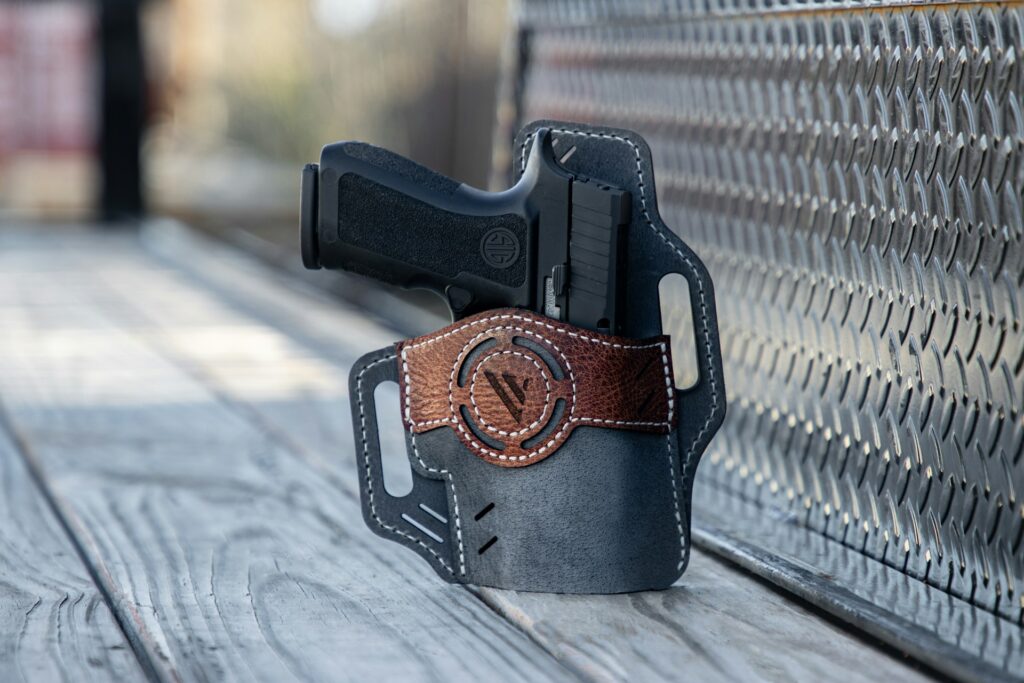
Everyday Carry Basics: What to Know First
Concealed carry is more than simply strapping on a holster—it’s a continuous practice rooted in readiness, respect for safety, and a commitment to habits that protect both the carrier and those around them. The first step is researching and choosing gear that integrates seamlessly into your everyday routine. Comfort, accessibility, and concealment are all crucial factors, but one often overlooked aspect is clothing that supports safe carry. Specialized options, such as concealed carry shorts for men, offer purpose-built features that allow the firearm to stay secure while remaining undetectable, all without restricting natural movement or compromising comfort during everyday tasks.
To ensure firearm safety, follow four fundamental rules: treat firearms as loaded, keep your finger off the trigger, never point at unprepared targets, and be aware of your target’s backdrop. Regular gear inspections and proper maintenance are crucial for ensuring safety. Adhering to these protocols can lead to positive outcomes and deter crime, encouraging responsible habits from the outset.
Balancing Comfort and Discretion
Carrying a concealed firearm requires comfort and adaptability. Lightweight fabrics or moisture-wicking materials in holsters and accessories can reduce friction and chafing, especially in warmer climates or during increased activity. Adaptable carry setups allow for flexibility in various situations. Discretion ensures your firearm remains hidden from casual observers. Wear clothing that offers both drape and opacity, such as untucked tails or layered pieces. Experiment with various holster positions and clothing combinations to find the best fit for your frame and lifestyle. A good rule of thumb is to reach, grip, and draw without discomfort. Confidence comes from knowing your setup allows you to move, bend, and live normally without attracting attention.
Dressing Smart While Carrying
Concealed carry can be achieved with the right clothing. Performance materials and multipurpose clothing offer a secure and stylish option. Modern options, such as athletic shorts and leggings with built-in holster pockets, allow for smooth transitions from the gym to lunch. For business environments, blazers, jackets, and layered tops keep firearms out of sight while providing easy access. Oversized or untucked shirts conceal holster outlines and help draw discreetly. Real-life examples include a father coaching his child’s soccer game with rugged cargo shorts and a sturdy holster or a woman navigating errands with a concealed carry tank under a soft cardigan. These clothing choices strike a balance between security, comfort, and style, ensuring long-term carrying success without requiring major wardrobe changes.
Safe Storage and Handling at Home
Concealed carry responsibilities extend beyond home security. Proper storage, including quick-access biometric safes and lockboxes, is crucial for preventing unauthorized access. Location is also important, with some preferring bedroom safes and others hiding containers in closets or behind furniture. Developing steadfast habits, such as returning firearms to their designated storage spot, reduces risk and maintains a secure home environment. Clear communication and training for family members on firearm safety practices support a culture of responsibility.
Handling Common Concealed Carry Challenges
Carriers face challenges when physical movement introduces printing or unexpected shifts in their holsters. Solutions are not one-size-fits-all and often require systematic experimentation to find the best fit. Some find relief by adjusting belt ride height or choosing flexible retention holsters. Carrying on the hip prevents discomfort during driving or prolonged sitting. If visible outlines or holster movement occur, discreetly adjust. Consistent, safe carrying relies on comfort and concealment, ensuring no hesitation or fidgeting during important moments.
Adapting Concealed Carry to Various Lifestyles
The choice of carrying gear depends on personal preference and daily activities. Fitness enthusiasts may use holster shorts or belly bands for workouts, while parents prefer holsters for hands-on play. Off-body carry options, such as backpacks with lockable pockets, are also popular. Manual laborers or outdoor professionals may opt for ankle holsters or robust appendix rigs. Travelers often carry portable safes for compliance and peace of mind. Active individuals incorporate resistance training and mobility exercises into their daily routines. Adaptability is crucial, and regular assessment and adjustment lead to discreet, comfortable, and reliable concealed carry.
Legal Awareness and Responsible Practices
Carrying concealed firearms is a responsibility for every concealed carrier, as regulations can vary from city to state, affecting the location and method of carrying. Simple lapses, such as unknowingly entering a prohibited area, can lead to serious legal consequences. Regular review of location requirements and recent developments in concealed carry laws provides insight into trends and court decisions. Responsible carry also involves knowing when to disclose carry status, especially when approached by law enforcement or in sensitive environments. Awareness of signage, private property restrictions, and federal regulations ensures compliance and maintains the credibility of responsible gun owners in your community.






